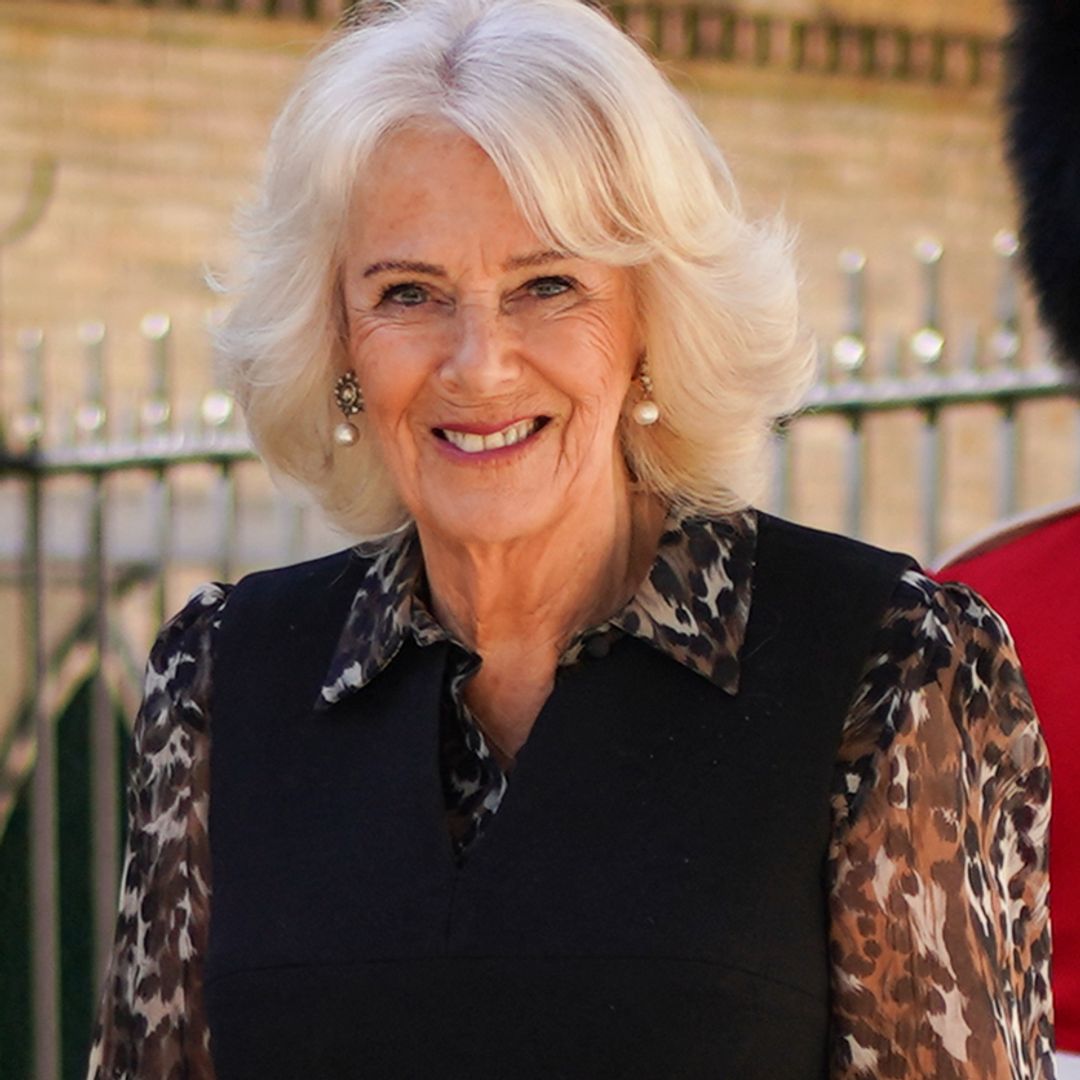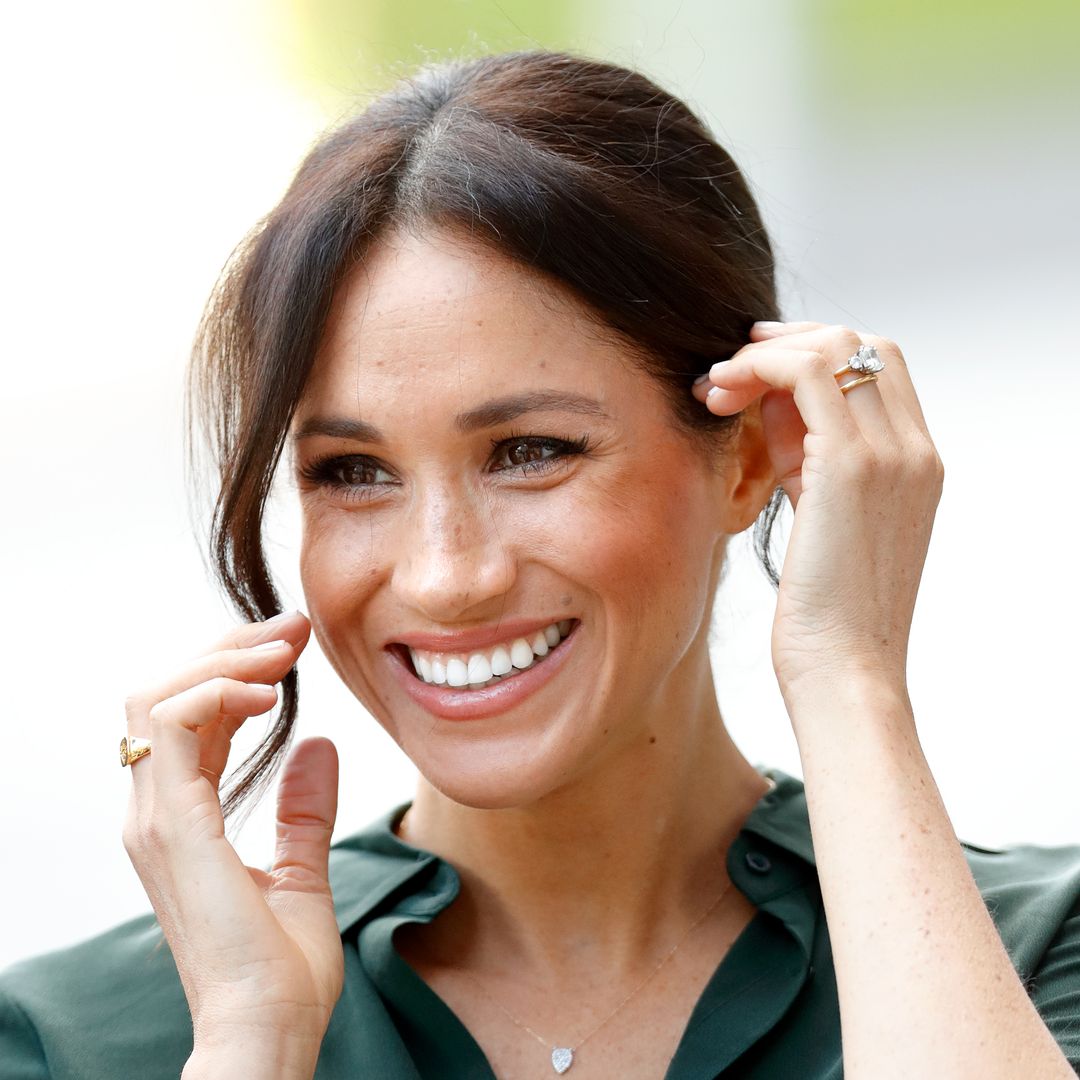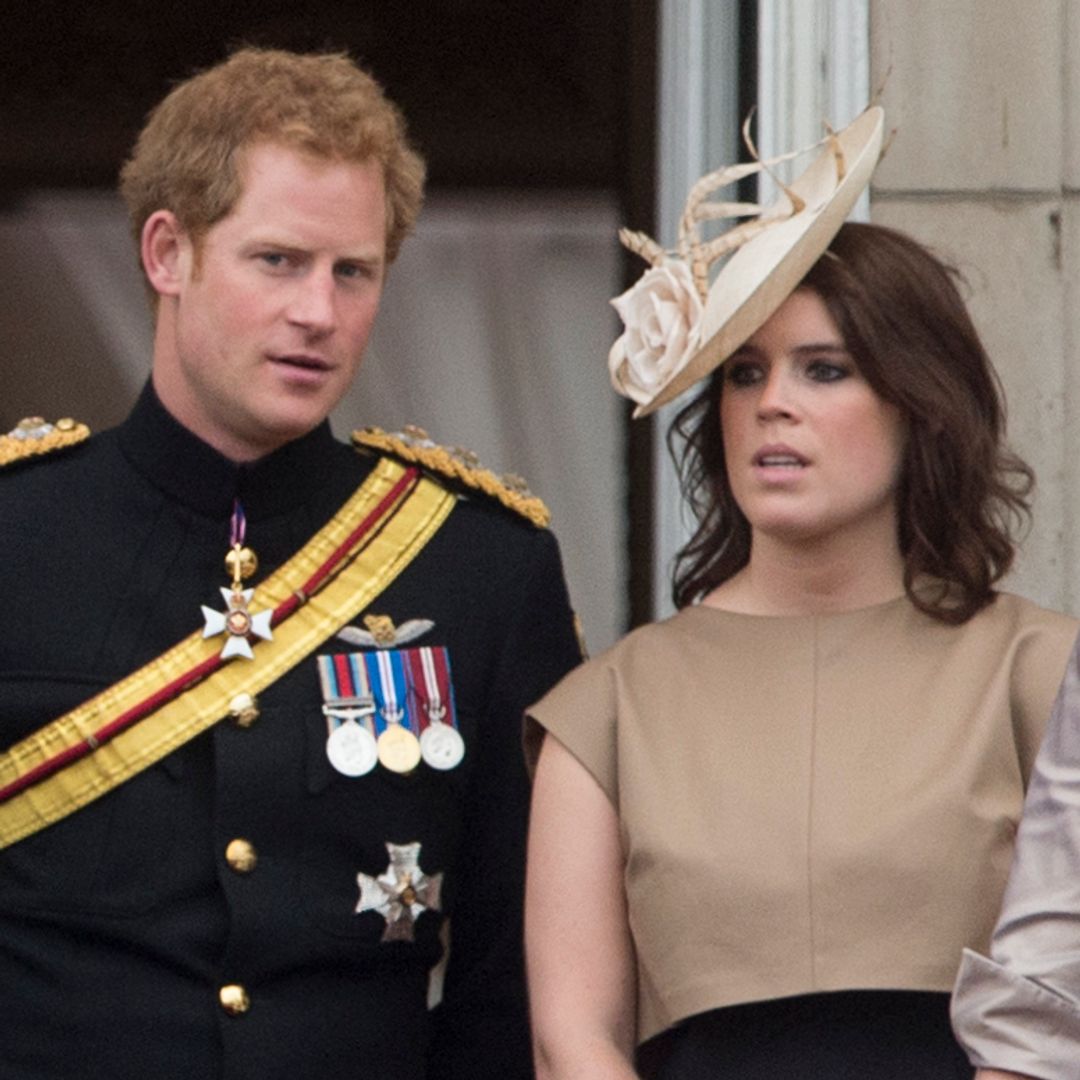Although Japanese tradition dates the country's first emperor to 660 BC, written records place the first hereditary head of a unified state in the early part of the fifth century AD. The current emperor is 125th in a long line of ruling descendants of the Japanese imperial family.
Once established, the role of emperor gradually became subordinate to that of powerful regent families, however, and a military class known as samurai began to develop and assume political authority in local affairs. In 1192, following his defeat of a prominent rival, a representative of one of these families established the first shogunate, a powerful governing body which persisted until 1867.
Political changes commonly referred to as "the restoration" returned power to the then emperor Mutsuhito, who took the reign name Meiji, in 1868. At the same time new plans were introduced to reform the governmental system.
When Mutsuhito's son, Emperor Taisho, who ruled from 1912-1926, was forced to retire due to mental illness, the current emperor's father, Michinomiya Hirohito was named prince regent and took over his imperial duties. Hirohito officially inherited the Chrysanthemum Throne upon his father's death in 1926, and went on to become the longest reigning monarch in Japanese history.
Following the end of World War II, a new constitution replaced that established in 1889. According to the new version, rather than being the embodiment of all sovereign authority as he had been previously, the emperor was henceforth to be regarded as a symbol of the state and the unity of his subjects. Sovereign powers rested with the people.
Today, although the emperor carries no governmental weight, he remains involved in its formalities, such as appointing the prime minister, promulgating laws and treaties and awarding state honours.
In an historic broadcast made on January 1, 1946 - only the second he had ever made, the first announced Japan's acceptance of the Allies terms of surrender and broke the precedent of imperial silence - Hirohito renounced the traditional semi-divine status of Japanese emperors. He was instrumental in promoting a more human side to the imperial family. Desiring to close the gap between himself and his subjects, began to make numerous public appearances. He also allowed photos and stories on his personal and family life to be published, something which had previously been forbidden.
Hirohito was also responsible for two other major groundbreaking changes within the Japanese imperial family. He became the country's first monarch to travel abroad, and, in giving the go-ahead for his son, the current emperor Akihito, to marry a commoner, broke with a 1,500-year-old tradition.
The current emperor succeeded his father in 1989.
The official royal website is at www.kunaicho.go.jp/eindex.html








